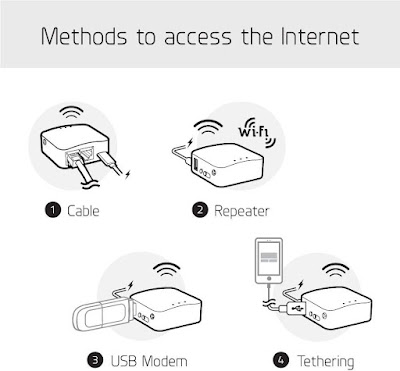With shared public Wi-Fi becoming so ubiquitous, it is still not readily accessible to the non-techie user, e.g. your family.
This is particularly frustrating where the guest Wi-Fi has a landing portal such as on an airplane or hotel.
I was traveling with a family group this summer and wanted a way to make this more transparent.
I bought the GL.iNet GL-MT300N V2 Travel Router from Amazon. It's home page is here (archive.org). It's 2 1/4 in. square and 1 in. tall. It's powered by a micro USB port and has 2 Ethernet ports.
There's a good post (archive.org) on it Scargill's Tech Blog. He refers to an OTA firmware update. My device's firmware was so old it wouldn't update OTA.
This page on GL's site lists current firmware and alternate update procedures. You'll need to use the "Local Upgrade" process.
This upgraded me 2 versions and fixed a couple of SSL problems that I was having.
I'm using it in Wi-Fi repeater mode. I've setup an SSID/PSK that is one of our family's alternates. This means that all of our family's devices connect to the GL.iNet GL-MT300N V2 automatically.
If I'm mobile, I just power it with a battery bank. When I power it up, I connect to the SSID then browse to 192.168.8.1 and login with "admin" and my admin password.
Here's the Admin page:
The router keeps a list of known networks. Just click one to connect to it or chose one of the other available networks.
If there's a portal login required, you'll see it at this point. Once that is completed, other clients that connect to the GL.iNet GL-MT300N V2 will not see the portal.
You can't be sure what the network you're connected to is doing with your DNS queries so I use encrypted DNS.
I also use ProtonVPN Free. The GL.iNet GL-MT300N V2 supports ProtonVPN's WireGuard natively. Here are the instructions (archive.org). You toggle it on and off on the Admin page. It just works.







No comments:
Post a Comment